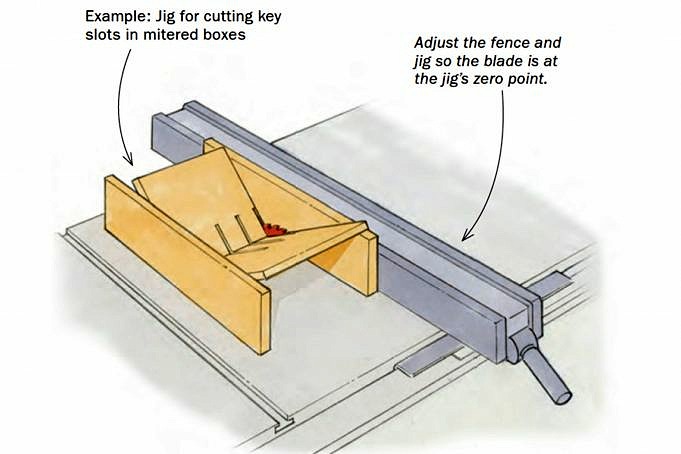Did you know that the zero on a tablesaw is offset?
This question might surprise you. The distance between the blade and the fence when the blade of a tablesaw is at its lowest point is actually greater than that at its highest point. This means that if you were to measure from the blade to the fence at its lowest point, and then again at its highest point, you would get two different measurements.
This is why it happens. This offset is due to physics, specifically torque. When the blade of a table saw is at its highest point, it produces more torque than when its at its lowest point. The blade moves away from the fence due to the extra torque. This causes an offset between the blade’s and fence’s.
Here are some reasons why:
- The fence on a table saw is typically set to the right of the blade. This way, you don’t have to worry about getting your hands too close to the blade when you rip on a table saw. It would be easy to cut yourself accidentally if the zero was in the middle.
- It is easier to make precise cuts when the zero has been offset. If the blade was in the middle of the table, your cuts would be off-center because of how the board moves as it slides across the table. Your cuts will be more precise if you use the zero offset. They are always made in the exact same spot every time.
- The third reason is that the offset helps to keep the board from binding against the fence. If the zero were in the middle of the blade, there would be a small gap between the board and the fence. This could lead to the board binding against the fence, which can cause dangerous kickbacks. By having the zero offset, there is more room between the blade and fence, which prevents binding and kickback.
- The fourth reason is that its easier to see the blade when its offset. If the blade was in the middle of the table, it would be difficult to see where the cut is going to be made. The zero offset makes it easy to see the blade and make precise cuts.
There are many reasons that the zero on a table saw is often offset. It makes it safer, easier to see, and more precise. Having it offset also helps to prevent binding and kickback.
Safety Tips:
These are some safety tips to use the zero offset on a table saw.
- Always use a push stick or push pad when woodworking with a table saw. This will help you keep your hands off the blade.
- When pushing the wood through a saw, keep your fingers extended.
- Do not try to remove a piece of wood stuck in the blade. Before trying to remove the wood, wait until the blade stops completely.
- Make sure the fence is parallel to the blade and that it is adjusted properly before cutting.
- Be aware of where your hands are at all times when working with a table saw.
FAQs:
Is There A Specific Time When You Would Want To Use An Offset Zero?
There is no one-size-fits-all answer to this question. Sometimes an offset zero can prove to be very helpful when making miter cuts. However, you should always exercise caution when using a tablesaw, no matter what settings are used.
Is It Possible To Use The Zero Of A Table Saw For Making Angled Cuts?
You can make angled cuts with the zero of a tablesaw. However, it is important to be aware of the potential dangers of doing so and to take all necessary precautions when using this type of saw.
Can You Fix The Zero Permanently So It Doesn’t Move?
It is impossible to fix the zero permanently so it does not move. This is why it is so important to pay attention to this when changing between saw blades or wood types.
Conclusion:
There you have it. The offset zero on a tablesaw is for two reasons: to make it easier for the fence to be aligned with the blade, and to maintain a consistent distance between fence and blade as the blade moves up or down.



